
Aug 06, 2024
The Olympic Games are in full swing. The 2024 Olympic Games will be held in Paris, France, and will open on July 26, 2024, local time. As an important sports event that connects the world, AVENO organizes and encourages its employees to watch the Olympics and discuss the Olympics from the perspective of corporate management. While watching the Olympics, our team members put forward several valuable lessons learned, and discussed them together to promote AVENO to a higher level: 1. Efficient teamwork Efficient teamwork is one of the winning forces of the Olympics. Many events require the cooperation of athletes to achieve victory. At the same time, athletes from different backgrounds gather together to compete, which also reflects the friendship between our different countries and demonstrates the power of collaboration and collective efforts. Similarly, in the operation and management of our enterprises, we also need mutual cooperation among employees, complement each other, promote the progress of the enterprise, and go out to learn from peers and external enterprises. 2. Set a vision and have a common goal Any success of the Olympic team on the field is achieved by setting a clear vision and aiming at the goal. Before the start of the Games, repeated training, strategy adjustment, and discussion are needed to jointly set a common goal, so that the athletes can move forward bravely on the field. Similarly, in our corporate management, we also need to hold the same vision of the company and work hard to make AVENO better and better. 3…… All employees expressed their opinions and spoke one after another. I learned a lot from watching the Olympics. AVENO Instruments, located in Quanzhou city of China, was founded in Hongkong in 1998. In the past 30 years, we have been deeply involved in the field of test instruments. Based on the user experience, we have continuously upgraded our machines to make the user experience more convenient, efficient and the data more accurate. After combining the various understandings of the Olympic Games, our employees believe that we will make our machines better and better. AVENO products including: 1. Textile Testing Equipment 2. Yarn & Fiber Testing Equipment 3. Footwear Testing Equipment 4. Toy Testing Equipment Anything inquiry please contact us as below: AVENO technology co., ltd. Email: sales@avenotester.com






 +8615280858852
+8615280858852













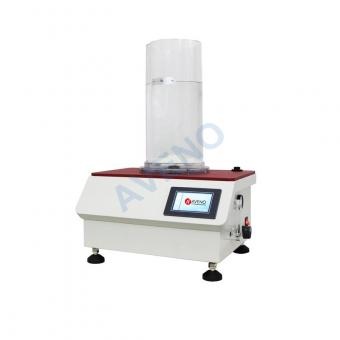
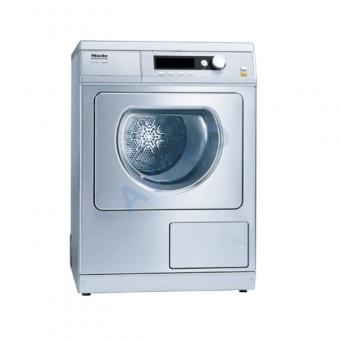

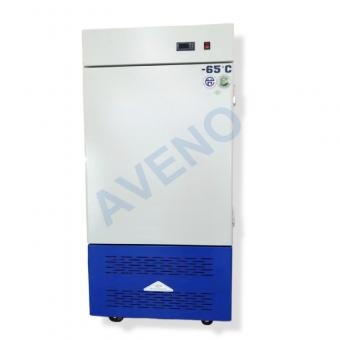
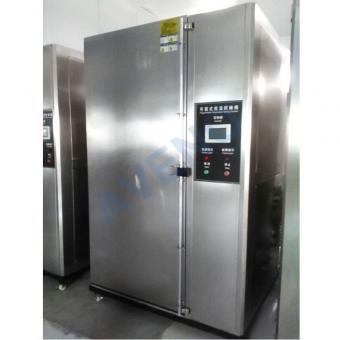
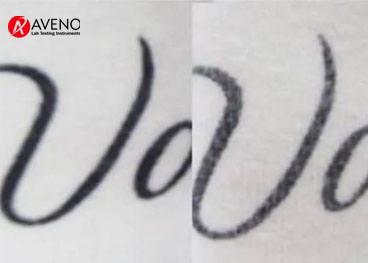
 Nov 18, 2024
Nov 18, 2024

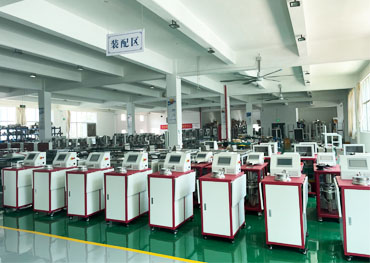

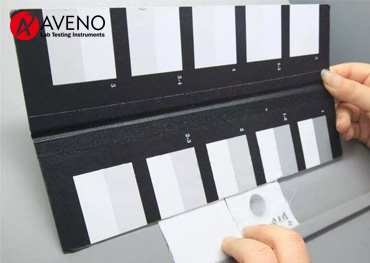

 online service
online service +8615280858852
+8615280858852

 +8615280858852
+8615280858852